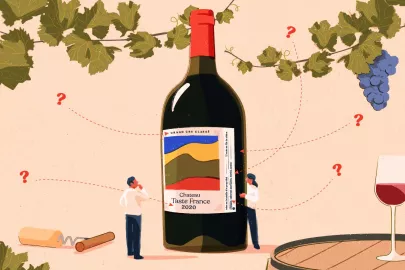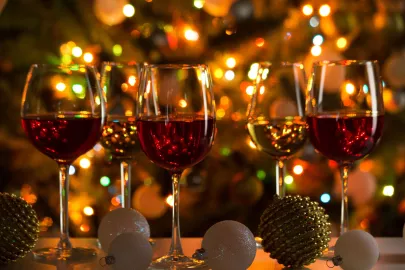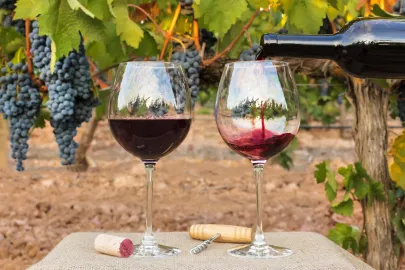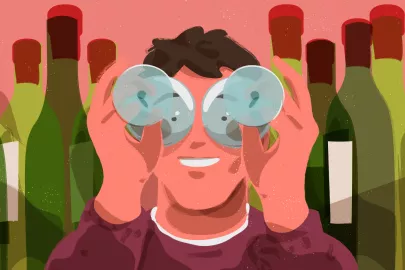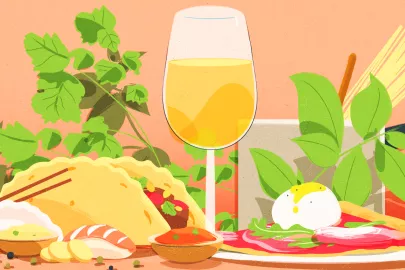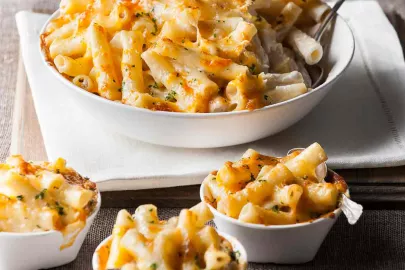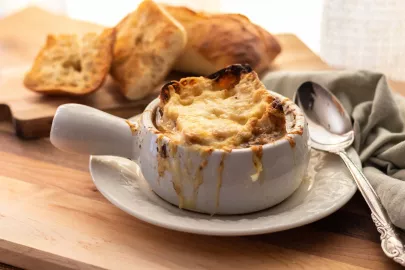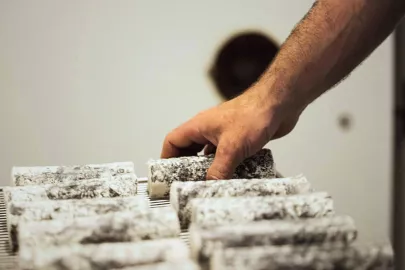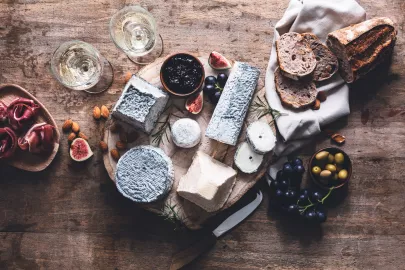Yesterday, they were architects, engineers, advertising executives, plumbers, journalists… Today, they are winegrowers. The last twenty years have seen a dramatic rise in the number of vineyards being established by these "neo" winegrowers, whose ancestry, geographical origin and original training could not be further away from viticulture.
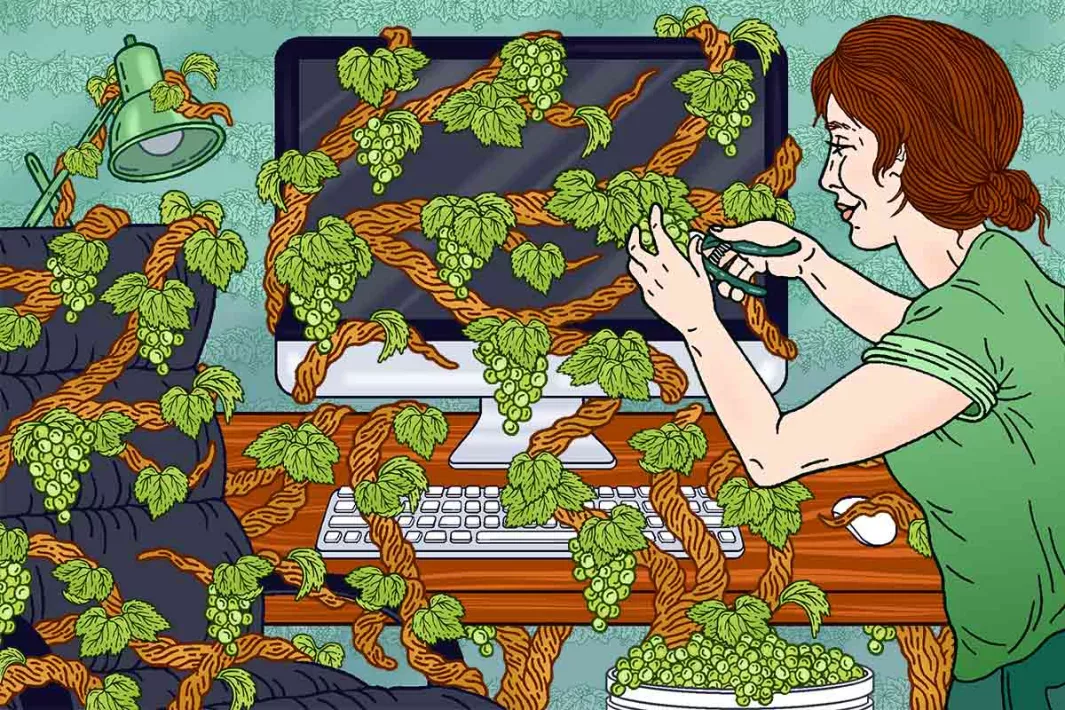
Wanting to feel closer to nature, having had enough of city life, the desire to produce something, a new passion for wine, a chance meeting or falling in love with a particular region - these are some of the reasons why they have completely changed direction. There are those who have deluded themselves, underestimating the magnitude of the task and the need to learn, but I come across many who have stuck at it despite the challenges, the hail or frost, for the joy of bottling their own wine, after a year of hard, meticulous work in the vineyard and the cellar. Where have these neo-winegrowers put down their roots?
Let’s set aside the billionaire patrons for whom money - and therefore location - is no object, and focus instead on those with a budget ranging from "not much" to "adequate". They can essentially rule out certain Burgundian, Bordeaux, Rhone or Champagne appellations, given the price of land in these regions. Anjou was one of the friendly Eldorados that welcomed, and continues to welcome these newbies, along with Languedoc, Roussillon, Gard, Jura, Aveyron and a few appellations in the South West.
And now, these wine-growing regions, long misjudged, are showing the wine world what they are capable of. Of course, the native winegrowers have earned this success through changes to their practices and a clear commitment to quality. Some have also been real pioneers, driving progress and pulling others in their wake. But it would also be unfair to think that the "neo-winegrowers" had nothing to do with it. In the Pic Saint-Loup appellation, north of Montpellier, Blandine Chauchat and Pierre Jéquier are making an outstanding contribution to their appellation: she was once a parliamentary official and he used to be an architect.
And Nicolas Carmarans, who previously ran a bistro in Paris, is one of the delighted producers responsible for the growing reputation of Aveyron. These people and many others have re-energized sometimes stale appellations, creating healthy competition and shared dynamics. Better still, they have often been involved in creating new appellations.
And what could be better than when the "neos" join forces with the locals? The most striking example that comes to mind? The Terrasses du Larzac appellation. Within a few years, a group of winegrowers, some native and some adopted Languedocians, led by the ex-financier Vincent Goumard from Mas Cal Demoura, united around a common project to enhance their terroir, and successfully reached the holy grail: an AOC certification from the INAO (Institut National des Appellations d’Origine - the public body responsible for setting out and controlling the regulations for the production of AOC and AOVDQS wines). And given that architects, doctors, plumbers, and others continue to discover this new vocation, we can expect more estates, terroirs, and vineyards to emerge. To be continued!
Contributor

Editor

